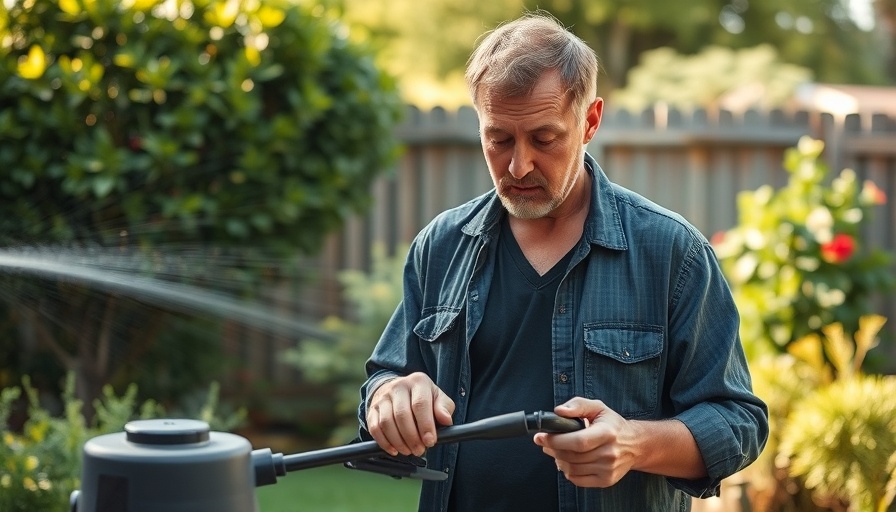
Unexpected Risks: The Danger of Pressure Washers
Recently, a recall affecting about 780,000 Ryobi-branded electric pressure washers was announced, drawing attention to significant safety hazards associated with this otherwise commonplace consumer item. As detailed by the U.S. Consumer Product Safety Commission (CPSC), these units pose a projectile risk, where faulty capacitors may overheat and explode, leading to injuries for both users and bystanders. With 135 reports of overheating incidents, including 41 explosions resulting in 32 injuries, these figures highlight the importance of consumer vigilance when handling potentially dangerous equipment.
What Consumers Should Know
For consumers who have purchased the affected models, which were sold at retailers like Home Depot from July 2017 to June 2024, immediate action is necessary. Users are encouraged to stop using their devices right away and check Ryobi’s recall website for further instructions on addressing the incoming hazard, including a free repair kit featuring a replacement capacitor. Such proactive measures can play a crucial role in preventing future injuries and ensuring safe operation.
The Implications for Retail and Product Safety
This isn't the first time TTI Outdoor Power Equipment has been in the spotlight for safety recalls. Earlier this year, the company faced scrutiny due to recalls on Ryobi mowers and hedge trimmers for fire and laceration risks. These incidents underline a larger conversation about product safety standards in the consumer goods sector and raise questions about the measures retailers and manufacturers are taking to protect their customers. Businesses must strive for higher safety standards and transparency to maintain consumer trust and safeguard public well-being.
Business Responses: Risk Management and Consumer Safety
For business professionals within the retail and manufacturing sectors, the Ryobi recall serves as a critical reminder of the necessity for rigorous safety assessments and effective risk management strategies. Adoption of robust safety practices can not only mitigate potential legal repercussions but also enhance a brand’s reputation and customer loyalty in an era where consumers are increasingly prioritizing safety. Moving forward, businesses must ensure that lessons from such recalls are absorbed to prevent avoiding similar pitfalls in the future.
 Add Row
Add Row  Add
Add 



Write A Comment